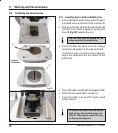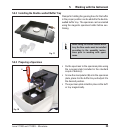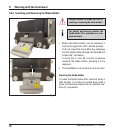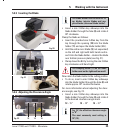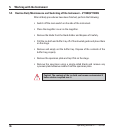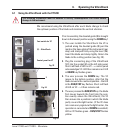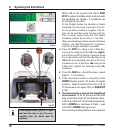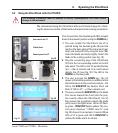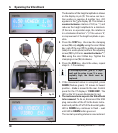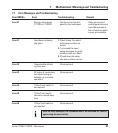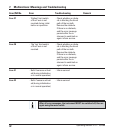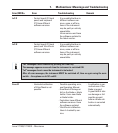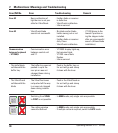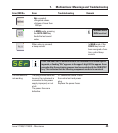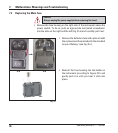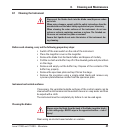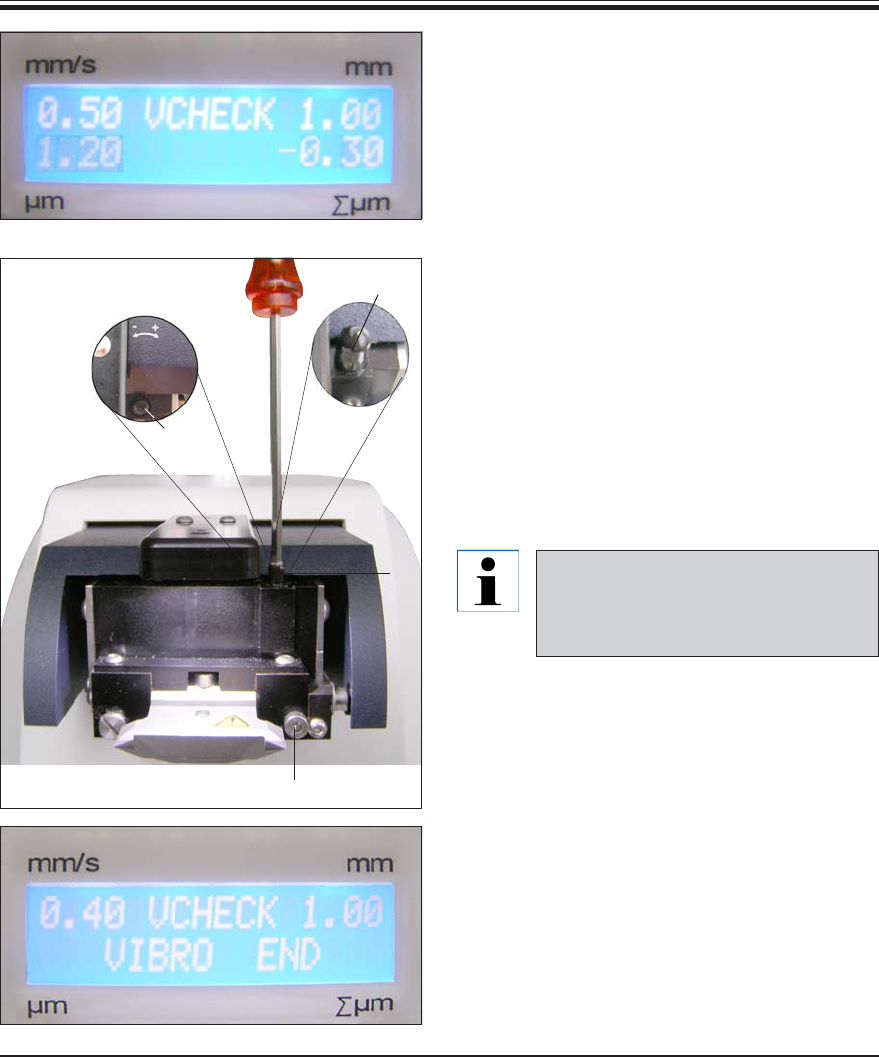
40
Operating Manual V1.1 – 05/2007
The deviation of the height amplitude is shown
on the display in μm (1). This value can be ei-
ther positive or negative.
A number (e.g. -0.3)
appears in the ∑μm display (2). This means a
counterclockwise rotation of 0.3 (as "-") and
reduces the height amplitude to a minimum.
(If there is no operation sign, the rotation is
in a clockwise direction "+".) If the value is "0",
no improvement of the height amplitude is pos-
sible.
Fig. 34
16
17
18
Fig. 33
7. If the measured value is accepted, press
DOWN (flashes green). VC moves to lowest
position – blade is moved to the rear. Control
panel for the VT displays: "VIBRO END". The
LED on the VC is again illuminated in red.
8. The instrument now expects the VibroCheck
to be removed. To do so, disconnect the USB
plug connection of the VC to the basic instru-
ment and pull the VC off of the dovetail guide.
LED in DOWN key continues to flash – wait
until LED in DOWN button goes out.
The normal operating status is now restored.
Fig. 32
6. Operating the VibroCheck
18a
18
21
5. Press the STOP key. Unscrew the clamping
screw (16) only slightly using the size 3 Allen
key, pull off the cap (17) by pulling it upwards
(keep it in a safe place) and turn the adjusting
screw (18) by 0.3 turns counterclockwise "-",
18a) using the size 3 Allen key. Tighten the
clamping screw (16) clockwise.
6. Press the RUN key, check the value, repeat
steps 5 – 7 if necessary.
If the display shows ∑μm (2) "0" (opti-
mal) and the value in μm (1) is unac-
ceptably high, the blade must be
replaced.



